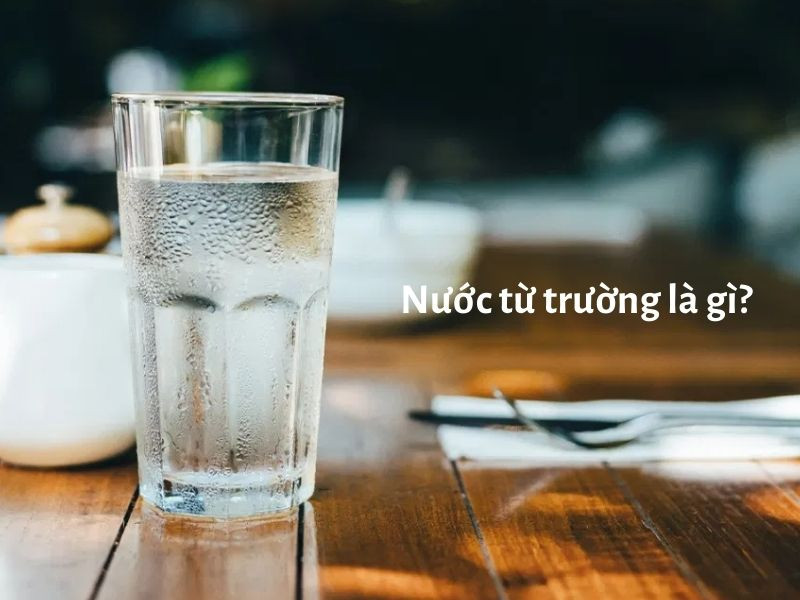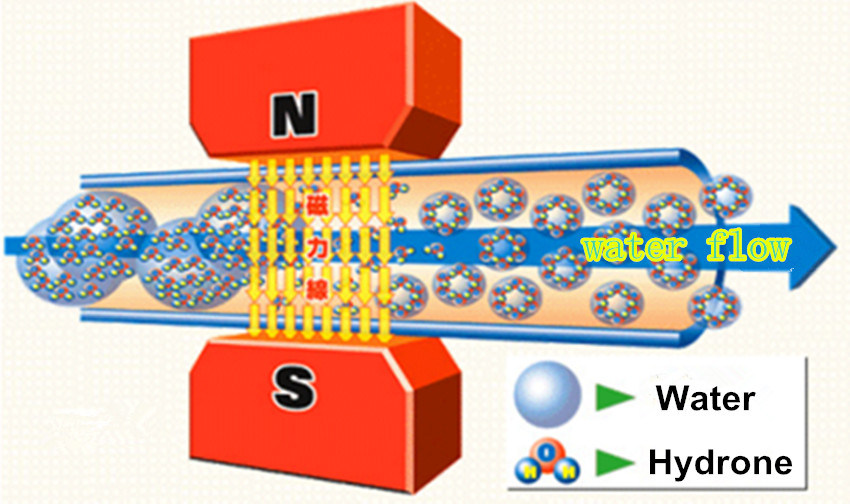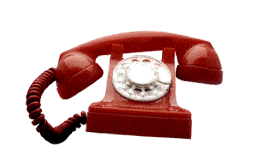Filter Pore Size Matters
According to the US Centers for Disease Control and Prevention (CDC), one of the factors that determines whether a water purifier can or cannot remove substances in water is the pore size of the filter core.
The filter works like a sieve. The pore size is the size of the small holes in the filter that allow water to pass through. The smaller the pore size, the fewer types of bacteria and chemicals can pass through the filter.
Notes when choosing a water purifier, be careful not to "lose money and get sick"
The smaller the pore size, the fewer types of bacteria and chemicals can pass through the filter.
For example, if the filter has an absolute pore size of 1 micrometer, then each hole in the filter is 1 micrometer or smaller. Anything larger than 1 micrometer will be retained by the filter and removed from the filtered water.
Step 1: Water passes through 3 filter cores before the RO membrane
- PP 10’’ 5 micrometer filter core: Filters dirt larger than 5 micrometers such as mud, sand, moss or other suspended substances in water.
- CTO 10” filter core: Has the effect of removing chlorine, odors and excess solvents in water thanks to the strong absorption capacity of activated carbon.
- PP 10’’ 1 micrometer filter core: Has the effect of filtering impurities, preventing alum, impurities with a size of 1 micrometer or larger.
Note, these filter cores need to be replaced every 3-6 months or 9-12 months depending on the type to keep the filter clean and durable.
Step 2: Completely filter the water source, creating pure water
- Water continues to pass through the RO reverse osmosis membrane: With small holes of about 0.1-0.5 nanometers in size, only water molecules pass through, removing all bacteria, solids, heavy metals... in the water to produce pure water.
- To ensure filtering of a variety of polluted water sources, pure water passes through the MOFs super absorbent core: The structure of MOFs is invisible to the naked eye, but from a molecular perspective, many pores can be seen.
When going deep into the pores in the material, they have the ability to absorb and hold different molecules to help remove some more toxic substances in water in some specific polluted areas such as Ammonium (NH4), Ammonia (NH3)..., which are substances that are not good for health. This helps absorb most of the toxic substances in water.
Applied in practice, at ECO G9 SCIENCE COOPERATIVE - the brand of MAGNETIC water purifier with fresh alkaline ion ECO ONE treats water safely for the health of Vietnamese people.

Step 3: Water will continue to pass through the electrolysis tank
- This step is to create fresh alkaline ionized water with good health indicators such as: Hydrogen from 600 - 1,800 ppb, ORP from -300 to -780 mV, pH from 8.5 - 9.5, water molecules are 5 times smaller than normal water and are rich in natural minerals such as magnesium...
- The replacement time is up to 5 years for a family to use.
- Finally, the water passes through 2 sealed PP filter cores to filter out mineral residues (if any) after the water electrolysis process.
NSF International Standard
This is another factor that the US CDC recommends consumers pay attention to when choosing a water purifier. Looking at the NSF standard certification issued by the International Food and Drinking Water Safety Association (NSF International), consumers can immediately know what the water purifier they are referring to can remove.
NSF is an independent organization that develops public health standards for products. In addition, NSF is also the World Health Organization's cooperation center on food safety, water quality and medical device safety.
ecoone
(Using plastic bottles for daily drinking can increase microplastic particles for the body - use water directly from the Magnetic Water Machine with Alkaline Ion always available at ecoone.vn. Encourage pre-orders with USD for 50% off or VND for 45% off, priority for the first 99 customers before February 14, 2025)
Things to note when choosing a water purifier, be careful not to "lose money and get sick" - Photo 4.
NSF certification on the filter label indicates what substances the filter can remove.
NSF only certifies a product when it meets 5 requirements:
- Filtration capacity as committed by the manufacturer.
- The filter does not add toxic substances to the water.
- The filter has a durable structure.
- Advertisements, technical documents and labels are not misleading.
- Materials and processes remain unchanged, meaning the product has stable quality and reliability.
There are currently 6 NSF standards for drinking water treatment units:
- Standard 42: Sensory standards such as flavor, taste, odor, color.
- Standard 44: Water softening cation exchange standard.
- Standard 53: Standard on the ability to remove harmful contaminants to health.
- Standard 55: Standard on water treatment systems using ultraviolet rays.
- Standard 58: High-end standards on hygiene and health safety of RO reverse osmosis filtration systems for drinking water.
- Standard 62: Standard on drinking water distillation systems.
In which, the high-tech ECO ONE water purifier uses Magnetic Field water generation technology with Alkaline iON that meets Vietnamese standards.
In addition, the quality of the materials of the ECO ONE Alkaline Ion Magnetic Water Generator meets the safety standards of the Hanoi Medical University Medical Research Journal.
In Vietnam, due to the water source being quite polluted, the use of UF or Nano filtration technology is limited, but instead RO filtration technology combined with MOFs technology is used to ensure clean water.
According to the US CDC, in addition to the above two notes, local water quality, budget and equipment maintenance costs are also issues to consider before purchasing a water filtration product to ensure that the device will meet the needs of the family. ecoone
ECOONE.VN
Address
Office: Landmark 81 Building Vinhomes Central Park
720A Dien Bien Phu Street, Ward 22, Binh Thanh District, Ho Chi Minh City
Assembly Workshop
ECO G9 SCIENCE COOPERATIVE
Phuoc Dong Commune, Go Dau District, Tay Ninh Province
Phone 0935 193 151 E-mail : antoanvn1@gmail.com


